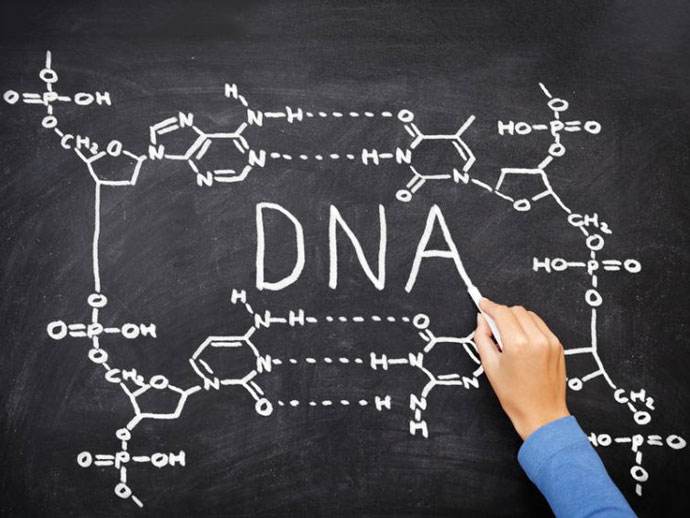The story was the same wherever researchers looked. They found that they could insert human DNA into certain cells of flies, and the flies would accept it as if it were their own.

Further probings revealed the existence of a clutch of master control genes, each directing the development of a section of the body, which were dubbed homeotic (from a Greek word meaning "similar") or hox genes. Hox genes answered the long-bewildering question of how billions of embryonic cells, all arising from a single fertilized egg and carrying identical DNA, know where to go and what to do — that this one should become a liver cell, this one a stretchy neuron, this one a bubble of blood, this one part of the shimmer on a beating wing. It is the hox genes that instruct them, and they do it for all organisms in much the same way.











